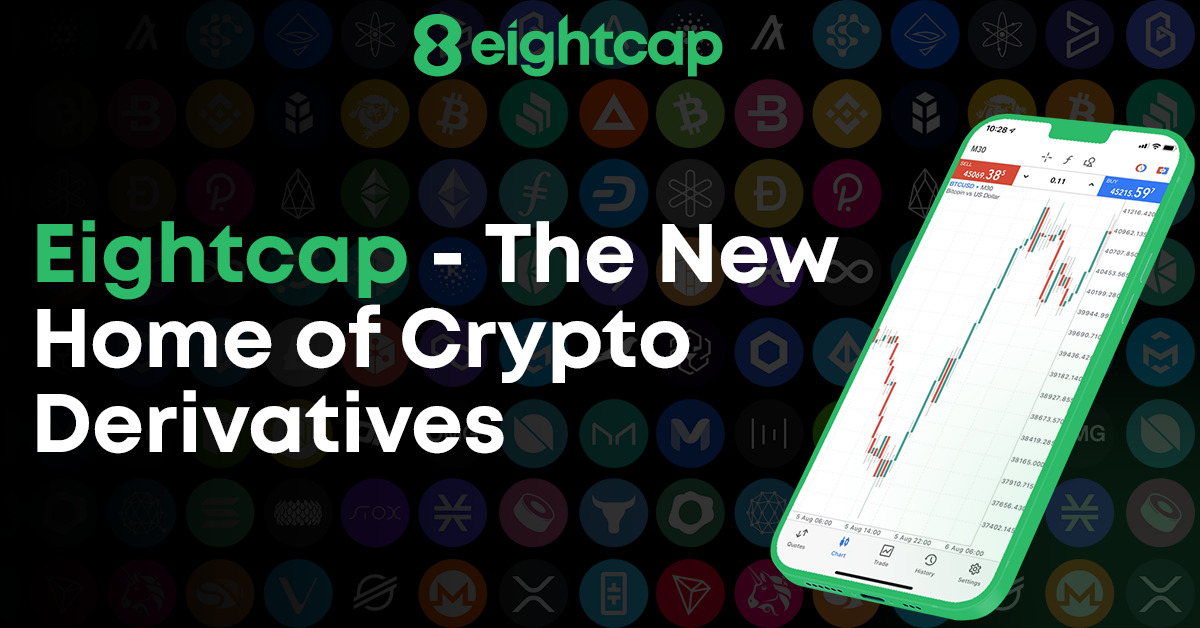What is Inverse Perpetual Contracts on Bybit?

[ad_1]
Bybit is a remarkable cryptocurrency exchange that is widely known and used in the trading community. Whether you want to use the Bybit exchange for buying or trading crypto, you need to know which contracts are supported by the platform. Bybit offers support for various high-end features and services, including inverse perpetual contracts.
In this article, we will explore what inverse perpetual contracts are, the specifications, differences from other contracts, and more.
Margin traders can trade Bitcoin and Ethereum with up to 100x leverage on Bybit. Use this link to sign up and earn a free bonus on your initial deposit.

Claim up to $4380 in Bonus
An Introduction to Inverse Perpetual Contracts
Inverse perpetual contracts supported by Bybit allow crypto traders to use Bitcoin and other altcoins as base currencies. The quoted currency is the U.S. dollar.
With the help of inverse perpetual contracts on Bybit, the transaction quantity is set by the traders with the value of the quoted currency (U.S. dollar). Once this is set, the profit, margin, and loss are calculated by using the base currency, whether it is BTC or ETH.
This means that if a trader wants to trade a BTCUSD or ETHUSD contract, they need to hold BTC or ETH respectively, in their derivatives account.
As per the needs of a trader, they can directly exchange the assets by using the Asset Exchange function.
Example of Inverse Perpetual Contracts
It is better to take an example to get a better understanding of what inverse perpetual contracts on Bybit are.
Let us suppose that the price of Bitcoin is $20,000 and a trader purchases 10,000 contracts. The equivalent Bitcoin for $10,000 will be (10,000 / 20,000 = 0.5 BTC).
Now let’s say that the price of the crypto king has increased and is now trading at $23,000 and the trader closes their position. This would mean that the trader repurchases the $10,000 contract and sells the same value as BTC. This would be (10,000 / 23,000 = 0.435 BTC).
Considering this example, the total profit the trader will get is (0.435 – 0.5 = 0.065 BTC). This profit will not include the funding and trading fees.
Specifications of Inverse Perpetual Contracts
You can get a better idea of the specifications of inverse perpetual contracts on Bybit through our table below.

Inverse Perpetual Contract VS USDT Perpetual Contract
The basic difference between inverse perpetual contracts and USDT perpetual contracts is in the calculation of:
- Risk exposure
- Profit and Loss (P&L)
- Margin
Margin and P&L
For inverse perpetual contracts, the margin and profit and loss calculations use digital assets such as BTC and ETH as collateral. This produces an outcome that is in Bitcoin or other altcoins.
For linear perpetual contracts, the calculations are more straightforward and use USDT as collateral as well as quoted currency. This produces an outcome in USDT.
Risk Exposure
In inverse perpetual contracts, the contracts are settled and traded with an underlying asset. In this case, the traders are aware of the market risk of the collateral. This occurs even if the traders do not have any open positions.
Unlike inverse perpetual contracts, USDT perpetual contracts are settled in USDT. In this case, the traders do not have to worry about collaterals such as BTC but are shifted to USDT instead.
Nevertheless, it is crucial to keep in mind that USDT may not be completely risk-free and stablecoins are not always 100% stable.
Final Takeaways!
Understanding what inverse perpetual contracts are, their specifications, and other details are necessary for you to know as a new trader. The more you educate yourself regarding crypto trading, the easier the overall experience can be. Therefore, if you are interested in using the Bybit exchange then you should also familiarize yourself with the information mentioned above.
To know more about Bybit, you can also take a look at our full tutorial below.
[ad_2]
Source link



















